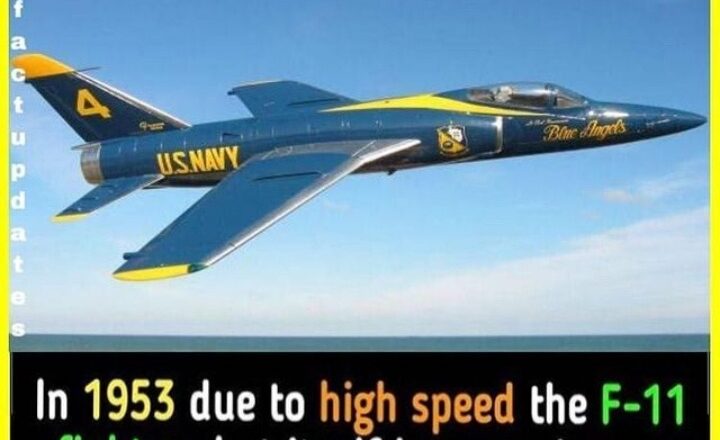May 26, 2021 – In the 20 years between the two World Wars, aviation technology advanced in leaps and bounds, but was always dependent on internal combustion engines and propellers.
Even after all metal designs with advanced aerodynamics entered service during wartime, their speed would be limited by forces not fully understood. Propellers could only revolve so fast because once their tips exceeded the speed of sound, thrust decreased significantly. The same so-called “sound barrier” presented problems for aircrafts nearing the transonic range, where air flowed over the aircraft at both subsonic and supersonic speeds. As its speed increased, air could not get out of the way quickly enough. In a dive, planes like P38 Lightnings and P51 Mustangs encountered compressibility; shockwaves emanated off their wings, fuselages and tail planes. In some cases, control surfaces froze. If not slowed quickly enough to regain control, a crash would result.
The jet engine provided the cure for propeller issues. Further study of the aerodynamic issues, helped by captured German wind tunnel data and rocket powered experimental aircraft such as the Bell X1 and X2, resulted in designs with thin, swept wings and tails. By the early 1950s, the underpowered jets of the early post-war period were giving way to designs which paired more powerful engines with airframes sophisticated enough to routinely exceed Mach One, approximately 750 mph, smoothly accelerating them to a speed where air flowing around the plane is entirely supersonic.
“IT WAS DURING ITS TESTING IN 1956 THAT IT GARNERED THE DUBIOUS DISTINCTION OF BEING THE FIRST, AND SO FAR ONLY, FIGHTER JET TO SHOOT ITSELF DOWN.”
Grumman’s 1954 proposal for an improved version of their subsonic F9 Cougar naval fighter evolved into an entirely new aircraft. Capable of modestly supersonic speeds, the F11 Tiger’s swept wings featured wing spoilers for roll control and full span flaps for good handling when launching from and recovering aboard ship.
Its coke bottle shape greatly reduced drag. It was equipped with four 20mm cannons and could carry drop tanks for extra fuel, and air-to-air missiles. It was during its testing in 1956 that it garnered the dubious distinction of being the first, and so far only, fighter jet to shoot itself down.
During one test, pilot Thomas Attridge flew his F11 out over the Atlantic to a designated firing range. Flying a test profile designed to investigate the 20mm guns’ ability to fire under supersonic conditions, he dove from 20,000 feet to 13,000, firing a four second burst. He then dove even more steeply and lit the engine’s afterburner. Descending to 7,000 feet, he emptied the rest of his ammunition. Seconds later, the windshield shattered. Turning back toward the Grumman factory, he nursed the plane along, holding the shattered windshield in place with one hand. He noticed a hole near the engine’s air inlet. The engine itself was barely running and making very little thrust. A mile short of safety it failed completely. Too low to eject, he crash landed, the plane erupting into flames. Severely injured, he was able to extricate himself and would recover.
The plane was a complete loss, but enough evidence remained to determine the cause of the crash. After firing its first test burst at 13,000 feet, the plane accelerated to a speed high enough to catch up with the cannon shells, which were slowing rapidly and falling nearly vertically. The plane and four rounds of its own ammunition had wound up in the same tiny patch of sky at the same time.
The Grumman F-11 Tiger on display at Discovery Park of America was piloted by Captain Bob Rasmussen, who served from 1951 to 1983.
Rasmussen flew the jet fighter while a member of the Blue Angels demonstration squadron; one of the first aviators to pilot the new aircraft in 1957. Rasmussen would go on to become a well-known military artist and served as director of the National Naval Aviation Museum in Pensacola, Florida from 1987 to 2014.
